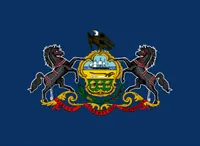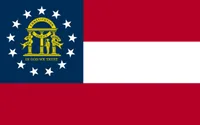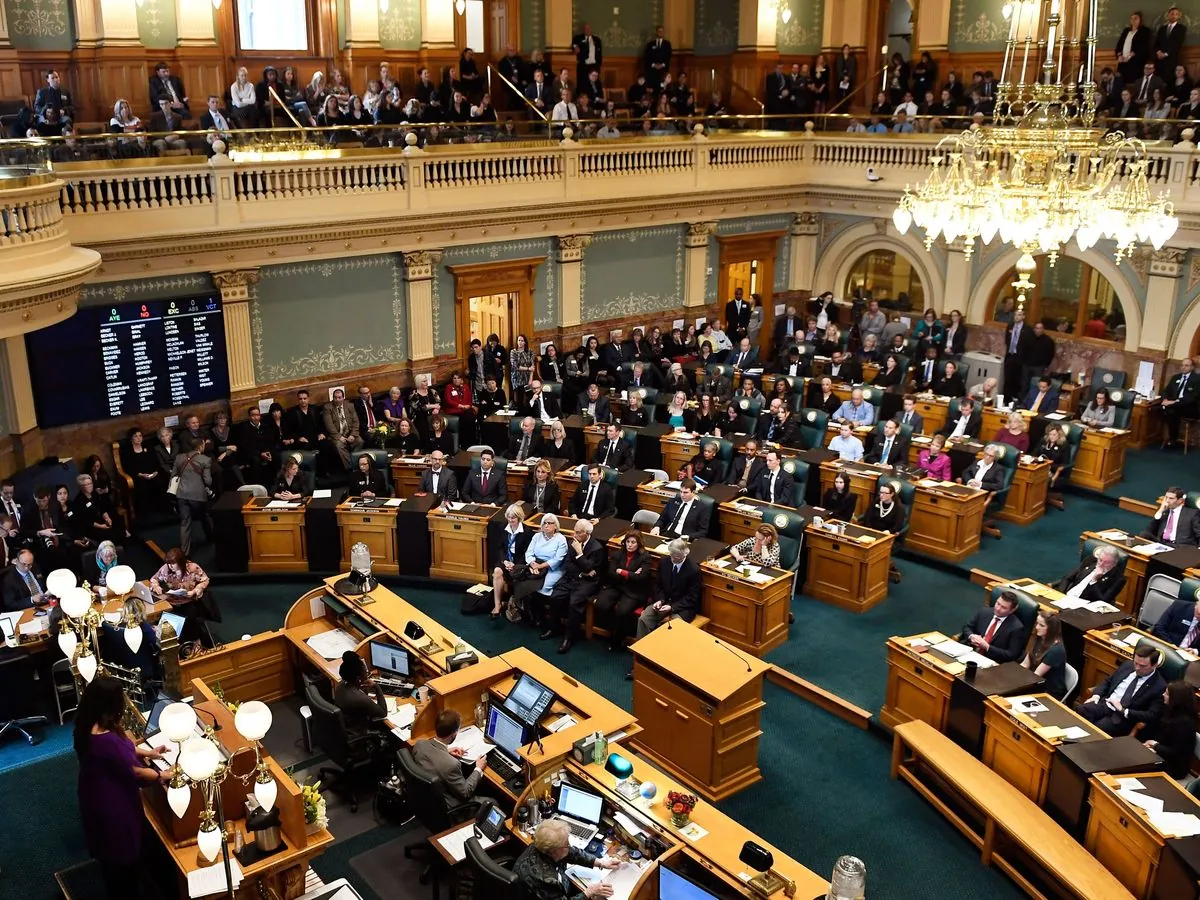Amazon Drought Hits Record Low, Threatens Regional Stability
Severe drought in Amazon reaches historic levels, impacting transportation, exports, and energy. Over 500,000 affected in Amazonas state as river levels hit 122-year low, with far-reaching consequences for South America.
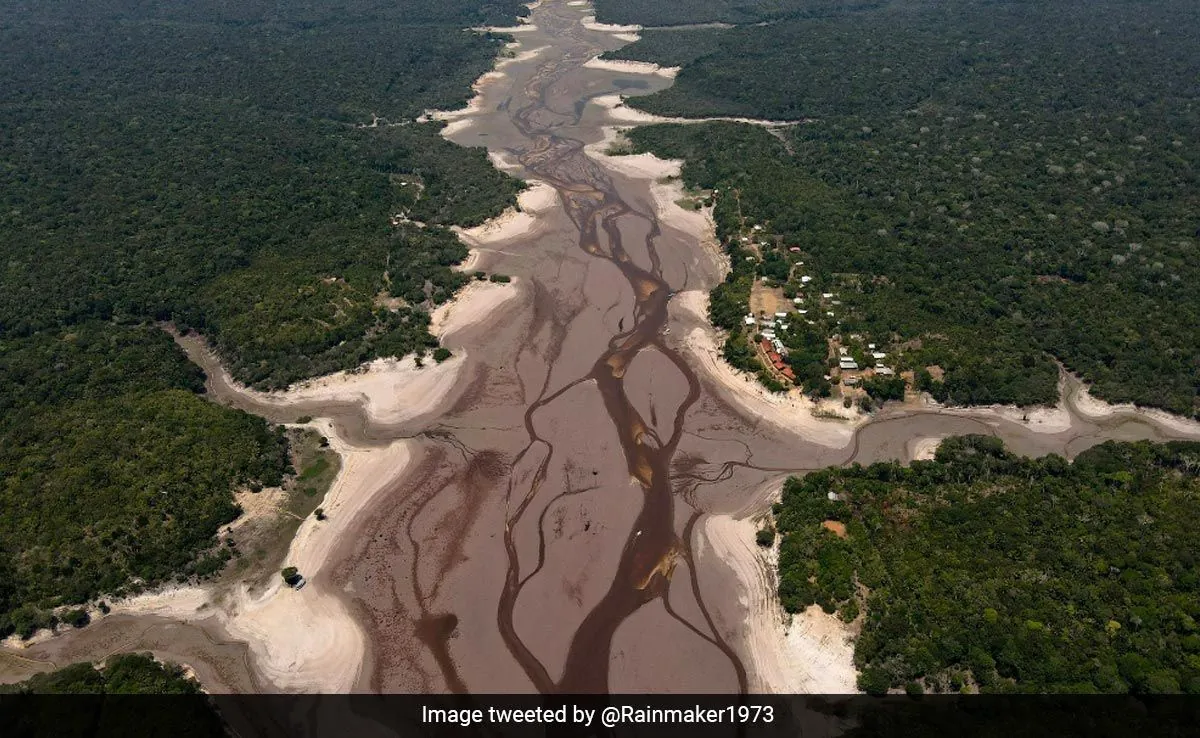
The Amazon region is currently grappling with an unprecedented drought, causing significant disruptions to transportation, exports, and essential supplies. In Manaus, the largest city in the Amazon rainforest, the river port has reached its lowest level since 1902, marking a critical point in the ongoing environmental crisis.
Valmir Mendonca, head of operations at the Port of Manaus, stated, "This is now the most severe drought in over 120 years of measurement at the Port of Manaus." The Rio Negro, a major tributary of the Amazon River, measured 12.66 meters on October 4, 2024, surpassing the previous all-time low recorded in 2023. This dramatic decrease in water levels is part of a broader environmental challenge affecting the entire Amazon basin, which contains 20% of the world's fresh water and is home to about 10% of the world's known species.
The drought's impact extends far beyond Manaus. In Amazonas state, at least 62 municipalities have declared states of emergency, affecting more than half a million people. This situation echoes the humanitarian crisis of 2023, when river-dependent communities were left stranded without access to food, water, or medicine.
The environmental consequences of the drought are severe. Researchers have reported finding carcasses of Amazon freshwater river dolphins, a threatened species now forced into closer contact with humans due to shrinking habitats. This is particularly concerning given that the Amazon River contains over 2,500 known species of fish, highlighting the rich biodiversity at risk.
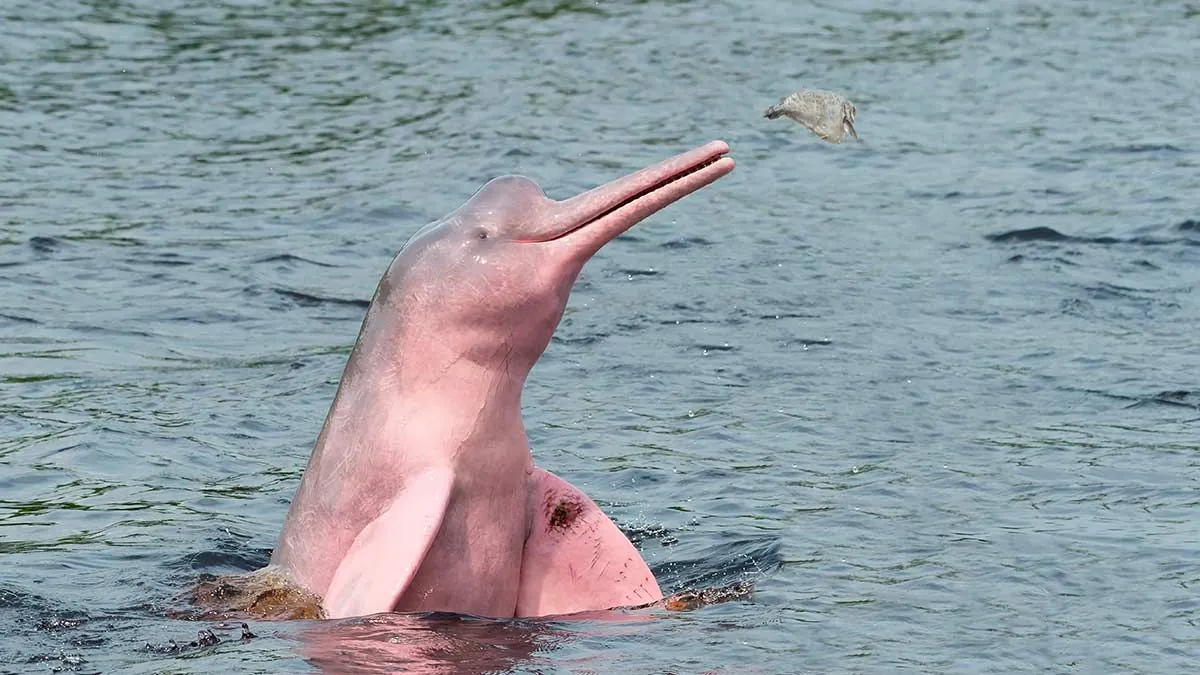
The drought is also affecting crucial transportation routes. Grain shipments on the Madeira River, another Amazon tributary, have been halted due to low water levels. This disruption is significant, considering that the Amazon River's flow is greater than the next seven largest rivers combined, and its watershed covers about 40% of South America.
Climate change is cited as the primary cause of this extreme weather event. Scientists predict that the Amazon region may not fully recover its moisture levels until 2026. This prolonged dry period is particularly alarming given that the Amazon rainforest produces about 20% of the world's oxygen and absorbs approximately 2 billion tons of CO2 annually.
The drought's impact extends to energy production, with hydropower plants, Brazil's main source of electricity, operating at reduced capacity. In response, energy authorities are considering reintroducing daylight saving time to conserve electricity, though this measure still requires presidential approval.
The extreme conditions are not limited to the Amazon. The Paraguay River, which flows through Brazil, Paraguay, and Argentina, has also hit an all-time low. Simultaneously, the Amazon and neighboring Pantanal, the world's largest wetlands, are experiencing surging fires. Bolivia is on track to break its record for the most fires ever recorded, according to data from Brazil's space research agency.
This environmental crisis underscores the delicate balance of the Amazon ecosystem. The rainforest, which has existed for at least 55 million years, influences rainfall patterns as far away as the United States. With over 400 billion trees and 40,000 plant species, the Amazon plays a crucial role in global climate regulation.
As the situation continues to evolve, the long-term implications for the region and the world remain a significant concern. The Amazon River, with its 240-kilometer-wide mouth and over 1,100 tributaries, is a vital lifeline for both the local ecosystem and the global climate. The current drought serves as a stark reminder of the urgent need for climate action and sustainable management of this irreplaceable natural resource.
"This is Brazil's worst such event since at least the 1950s."

















